Longitudinally extensive spinal cord lesions (LESCL) represent extensive involvement of the spinal cord, with abnormal T2 signal traversing at least three vertebral body segments in length.
On this page:
Terminology
Longitudinally extensive spinal cord lesions (LESCL) are also commonly referred to as longitudinally extensive transverse myelitis (LETM), however, the two are not completely synonymous. The latter only includes inflammatory aetiologies, whilst the former is more inclusive of other pathologies (e.g. spinal cord infarction).
Pathology
There are many potential causes, including 1-9:
-
primary CNS autoimmune illness
-
systemic autoimmune illness
paraneoplastic myelitis (e.g. anti-CRMP-5, anti-amphiphysin, anti-Hu)
-
other causes of transverse myelitis
idiopathic
post-infectious or infectious (e.g. HTLV-1-associated myelopathy, poliomyelitis, poliomyelitis-like syndrome, tuberculous myelopathy)
-
vascular
-
toxic
Differential diagnosis
multiple sclerosis: confluent short segment lesions mimicking a longitudinally extensive spinal cord lesion




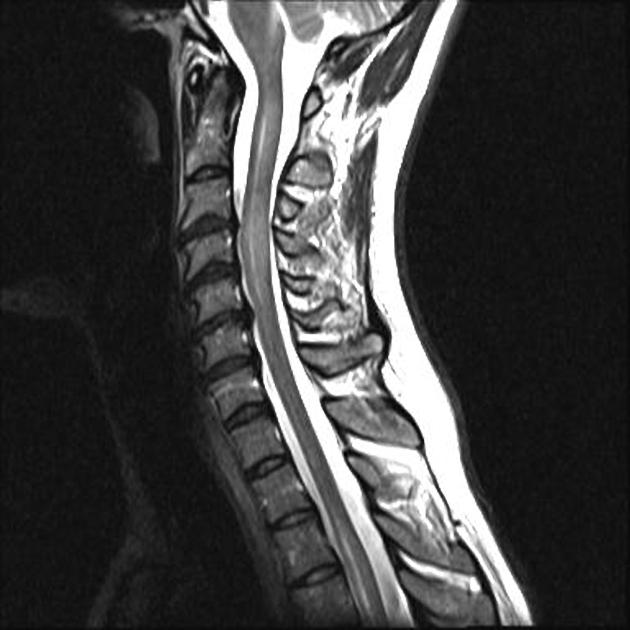
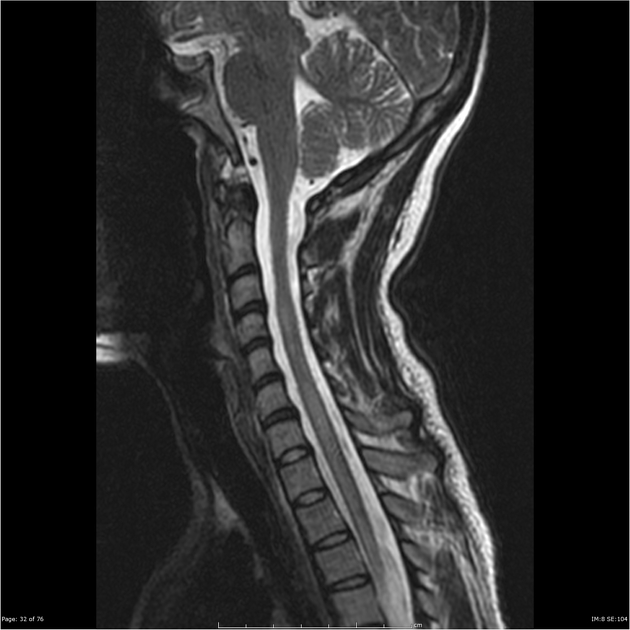

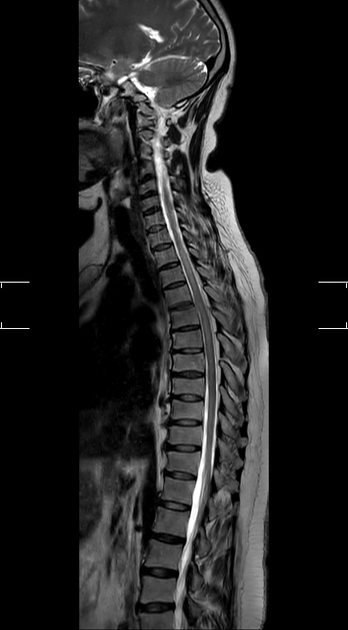
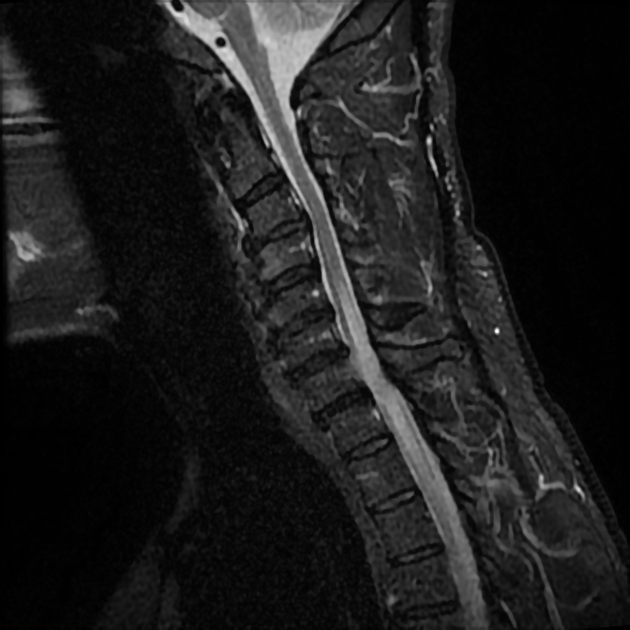
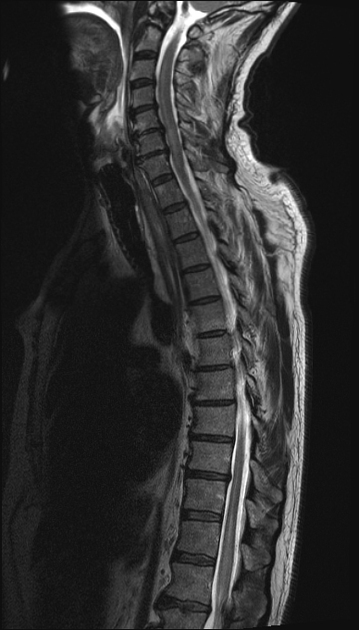
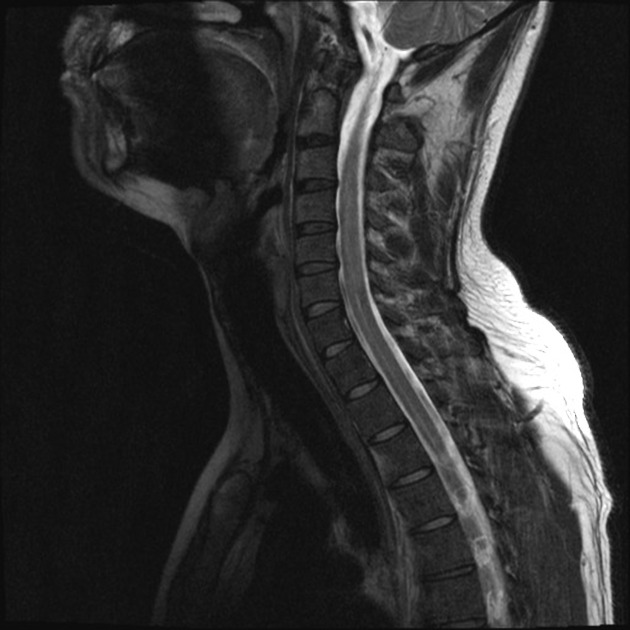
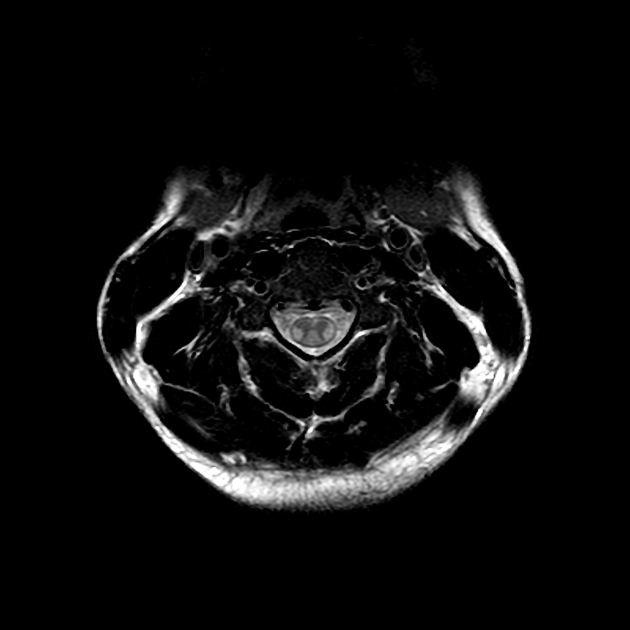


 Unable to process the form. Check for errors and try again.
Unable to process the form. Check for errors and try again.